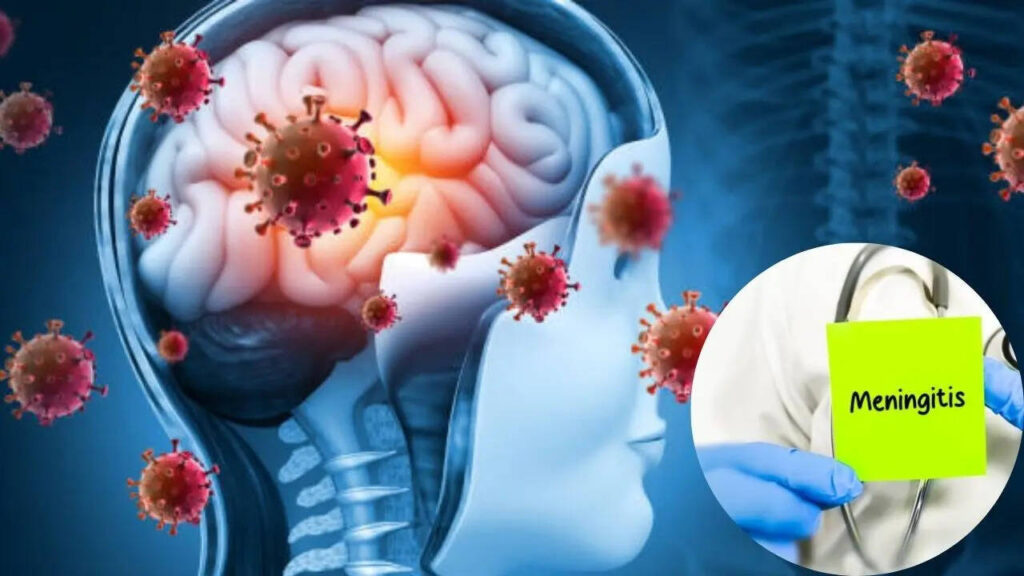Lila Marsland was taken to a hospital in Manchester after she complained of a headache, neck pain, and had been vomiting
After Lila’s death, tests found a lot of signs of the bacteria that cause meningitis in the fluid surrounding Lila’s brain. According to experts, bacterial meningitis is a serious and potentially life-threatening infection that requires immediate medical attention, as it results in death or brain injury even if treated.
Meningitis happens when areas in and around your brain and spinal cord begin to swell. Doctors say your meninges protect your brain and spinal cord from injury and provide support and structure. They contain nerves, blood vessels, and protective fluid, also known as cerebrospinal fluid. Infectious diseases caused by viruses and bacteria and non-infectious conditions, like cancer or head injuries, can cause meningitis.
There are different types of meningitis, typically named for the cause or for how long you have had symptoms, which include:
- Bacterial meningitis
- Viral meningitis
- Fungal meningitis
- Parasitic meningitis
- Primary Amebic Meningitis
- Drug-induced aseptic meningitis
- Chronic meningitis
- Acute meningitis
Who is at risk of meningitis?
Doctors say you are at a higher risk of meningitis if you:
- Are under five years old
- Have a weakened immune system
- Live in a group setting, like in a college dorm
- Have a damaged spleen
- Live in or travel to places where infectious diseases that cause meningitis are common.
- Have chronic nose and ear infections or pneumonia
- Have a head injury
- Are living with sickle cell disease
- Are living with an alcohol use disorder
Signs and symptoms of meningitis
Signs and symptoms of meningitis in children include:
- Neck stiffness
- Nausea or vomiting
- Sensitivity to light
- Confusion or altered mental state
- Lack of energy or lethargy, extreme sleepiness, or trouble waking up
- Lack of appetite
- Small round spots that look like a rash
- Poor eating
- Loss of balance
- Lack of attention or focus


